Review of Rangeela
Introduction
This DVD title has been re-released by DEI, who have purchased the film rights recently, and they have tried to give this film their special treatment by presenting the film in its original aspect ratio with an anamorphic transfer, and a brand new 5.1 mix taken from the original sound master. With all of this inclusion to make this DVD as good as it can it certainly beats the pervious DVD release by Media Digital (now known as Soven) which has a cropped 1.90:1 image and poor Dolby 4ch mix.
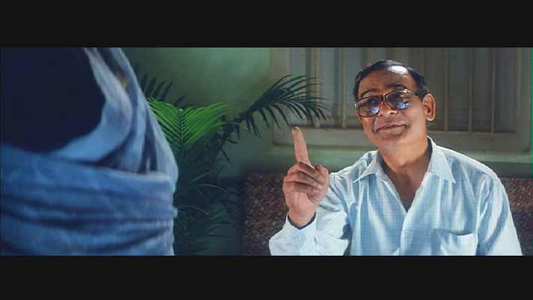
Video
This DVD has the upper side in terms of keeping the original intentions of the director. The DVD has been framed according to the original aspect ratio of 2.66:1 and for widescreen television users its even better news as the DVD has been anamorphically transferred to increase picture quality. The picture quality itself is very much improved upon the Media Digital release. As this DVD has been recorded on a DVD-9 dual layer disc more average bit rate is devoted to the picture thus eliminating problems like compression artefacts, and enhancing picture information.
Some film grain is seen but the film was shot on a low budget and being an Indian film that is now six years old it is expected. However problems like wear and tear won`t distract viewing. The overall picture seems sharp and concise depicting picture information as best as the format can. This shows that the print used was from a intermediate or original source which normally are in very good condition.
The slightest bit of shimmering and moiré effects was visible in just a handful of shots. This is related to the limited resolution of the NTSC format. But when viewed on a DVD-Rom on a high powered computer the problems of shimmering disappeared entirely.
Colours were very naturalistic and during certain sequences they were very cinematic, living up to the film title `Rangeela` (Colourful) quite well. During the life of Mili and Munna, the urban streets of Mumbai was capture as real as they can showing the grimy colours of green, cream, brown and blue normally linked to the city. This helped add more definition to the whole viewing and really placed a sense of urban texture on our television screens.
This was in contrast to the life of Rajkamal and `bollywood` which was laden with bright colours and high saturated visions showing glamour and glitter. Thankfully DEI have really capture the essence of what was seen on the big screen as it plays an important part to the look and feel of the film. There were no signs of any colour distortion at all.
Blacks are very deep and solid, giving the image a lot of depth, and there are some good contrasts used as well always meeting up with the demands of the picture information.
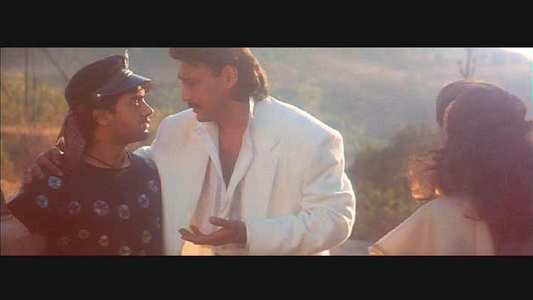
Audio
The sound has ben remixed from its original Dolby SR mix to a brand new Dolby Digital 5.1 mix. As a purist I would have preferred the original Dolby SR mix which would have been presented in a 2ch Dolby Surround format. Even better would be a selection of both Dolby 5.1 and Surround on separate audio channels. Still the 5.1 was very elaborated to my surprise.
Though the back surround flied was rather mono-ish, it was the front channels and LFE that really blew me away with an excellent active soundtrack that depicted Rahman`s score rather well. Also dialogues are warm and clear. A couple of instances had some light crackling noises, which could go undetected. But other then that no major sound distortion could be heard. A thoroughly good DVD soundtrack despite its limitations due to the original source and mix!
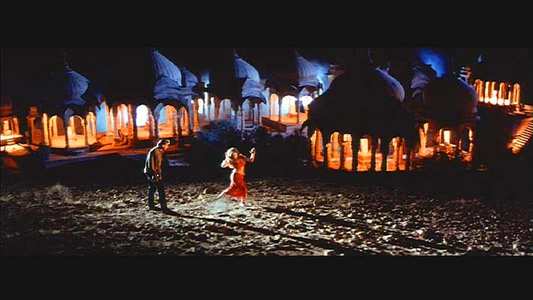
Features
Menus were thematic and non static with the music theme score playing in the background. Overall packaging was nice reflecting on the famous front poster of the theatrical release. English subtitles are good and clear to read on both dialogues and songs.
If anything more could have been improved then its the amount of chapter marks given on this package. While the Media Digital DVD had 35 chapter marks, this DVD has only 25 chapter marks making navigation seem a little more dire. It would be nice if more chapter marks are included especially during main, memorable, and classic points of the film. But this is a small complaint on this rather exquisite DVD.
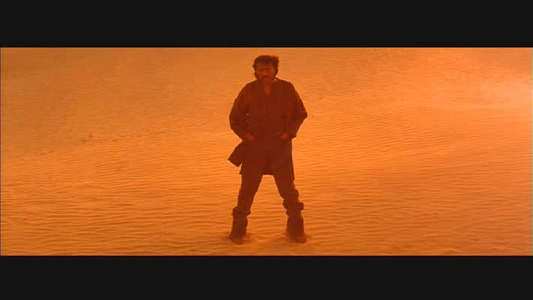
Conclusion
This flawlessly produced and directed film was all but three people:- Ram Gopal Varma, Aamir Khan and above all A.R. Rahman.
Ram Gopal Varma was originally a south Indian director but tried his luck with Hindi films with various art/unconventional movies like Drohi (1990), Raat (1991), & Shiva (1992). While the films gained critical acclaim from critics, they fail to deliver at the box office as they were seen as too complex and violent, thus went too far beyond the audience`s expectation. Besides most audiences at the time were enjoying romantic movies like Ashiqui (1990), Dil (1991), & Deewana (1992).
Ram Gopal Varma then decided to give the audiences what they want but instead of the typical romantics seen in pervious Indian films he took the context into a different world....a mix between real life middle class Bombay and the glamour world of show business. He also parody this notion of bollywood romances as a sub plot in this film ironically calling the film `Rangeela`, being made by Steven Kapoor, played excellently by Gulshan Grover.
The director also wanted to change the way music was heard. Before the music in romantic films seemed too orchestrated and rather predictable. Turning to south Indian music director A.R. Rahman. The musician had already introduced for the first time in India a successful fusion of western music with eastern flavours heard in Tamil films like Roja (1992), Kadhalan (1993), Bombay (1993) all of which had now become a national institute.
A.R. Rahman, who at that time had no knowledge of Hindi or Urdu, was hired to compose the song score and the background score for Rangeela, his first original Hindi film soundtrack. When the songs had released Hindi fans were already immensed in the soundtrack of Dilwale Dulhania Le Jayenge (1994), which carried the typical romantic scores heard in Hindi films. Many including myself loved them songs but with the release of the Rangeela soundtrack they were forgotten as a new form of music, never heard before for an Indian film, had taken not only the nation by storm but also became an international sensation and settled the present music conversion of an Indian film soundtrack. Tunes from the Rangeela soundtrack was stored in a music bank at all recording studios in India and from them all music directors have used for their `own` compostions....even after five years!
The soundtrack launched A.R. Rahman not only into Hindi films but into the international market and continues to have a growing fan base. The music of Rangeela itself is very original, outstanding and truly mesmerizing and gives the film its own personality and trademark. Also the background score is very well composed, keeping the themes of film inclusive, telling a story of its own while helping the narrative. All the songs help play a part in the film`s overall narrative and tells us more about the situations then what dialogues could. A.R. Rahman went on to win the best music filmfare award that year.
Aamir Khan had literally become the now famous cinematic tapori character `Munna Bhai` with fully genuine mannerisms, habits, and musical style. The actor gave his character so much attention that you really do believe not only in Munna Bhai psychically but his feelings and emotional as well. This helps form the main crux of the film, making the whole love story rather interesting and rather niche. The method actor is responsible for the brilliant ambience seen on screen and has become immortalized as a talented actor after playing the `stereotyped` bollywood romeo roles in many of his pervious films. You could even say that this film relaunched his career that has presently made his filmography the talking point of the whole Indian film industry.
Finally a mention should go towards Urmila and Jackie Shorff who both contributed immensely to the film with their wonderfully performances. Urmila was changed from eastern ideology to very ultra western modern ideology which wasn`t seen as much in Hindi films at the time. This idealization was due to the growing intervention of satellite/cable television in India which open its doors to the outside world. Once upon a time it was Thumbs up.......now its either Pepsi or Coca Cola! The opened and wonderful costume designs by Manish Malotra help gave the character Mili her own identity from the numerous roles that female actors played at that time. It was rather exciting to view this character who was so open and made a presence of the independent Indian woman felt.
Jackie Shorff, while limited to a faction of scenes, still makes his presence`s felt with heart-warming performance that display humanistic feelings. These scenes gives us the audiences a statement that love is never a easy thing in the real world - a concept some of us find true. Dersevingly he won the best supporting actor in numerous awards that year.
The film`s supporting cast also gives us memorable performance with wonderfully etched out characters:- Gulshan Grover as a wannabe India answer to Steven Spliberg, Shammi as the over protective film actress mum, Avtar Gill as the film producer and Reema Lagoo as Mili`s mother.
With excellent performances, screenplay, technical values, music and cinematography this film is unmissable. It has become one of Indian cinema milestone movies that help changed the industry for the better......and this is even helped further with the excellent DVD release by DEI.
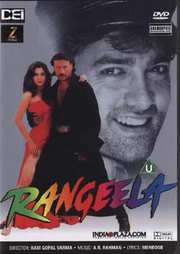





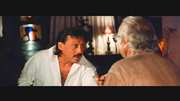

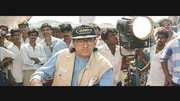
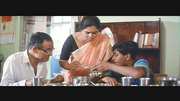
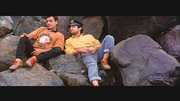

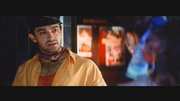
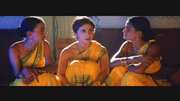
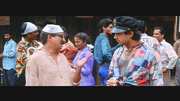
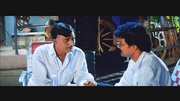















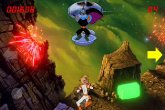











Your Opinions and Comments
Be the first to post a comment!